Nuclear Mascot
Each of Japan’s nuclear plants have their own mascot characters. Up until the 2011 Fukushima nuclear disaster, Japan even had an amusement park called Atom World with mascots like Plutonium Kun and Denko Chan, with the goal of explaining why nuclear power is good for us. The use of nuclear energy propaganda began in the U.S. as part of Eisenhower’s 1953 Atoms For Peace program. In order to shift negative attitudes away from the dropping of the atomic bomb, this program helped Japan develop a nuclear power industry, thereby promoting the peaceful use of nuclear technology.
While living in Japan and volunteering in the disaster zone left by the 2011 tsunami, I created a fictional nuclear mascot and photographed the character with references to nuclear history and current concerns in Japan. In the final image, I purchased a digital billboard ad and screened an image for 15 seconds every hour on June 7th, 2013. This image was shown in Shibuya Crossing, the busiest pedestrian crossing in the world with over one-million people crossing a day. This public art intervention took 6 minutes of commercial advertising and replaced it with an image of the character, raising a question about the role of media and propaganda in man-made disasters.
Nuclear Mascot

Nuclear Neighborhood

Milk
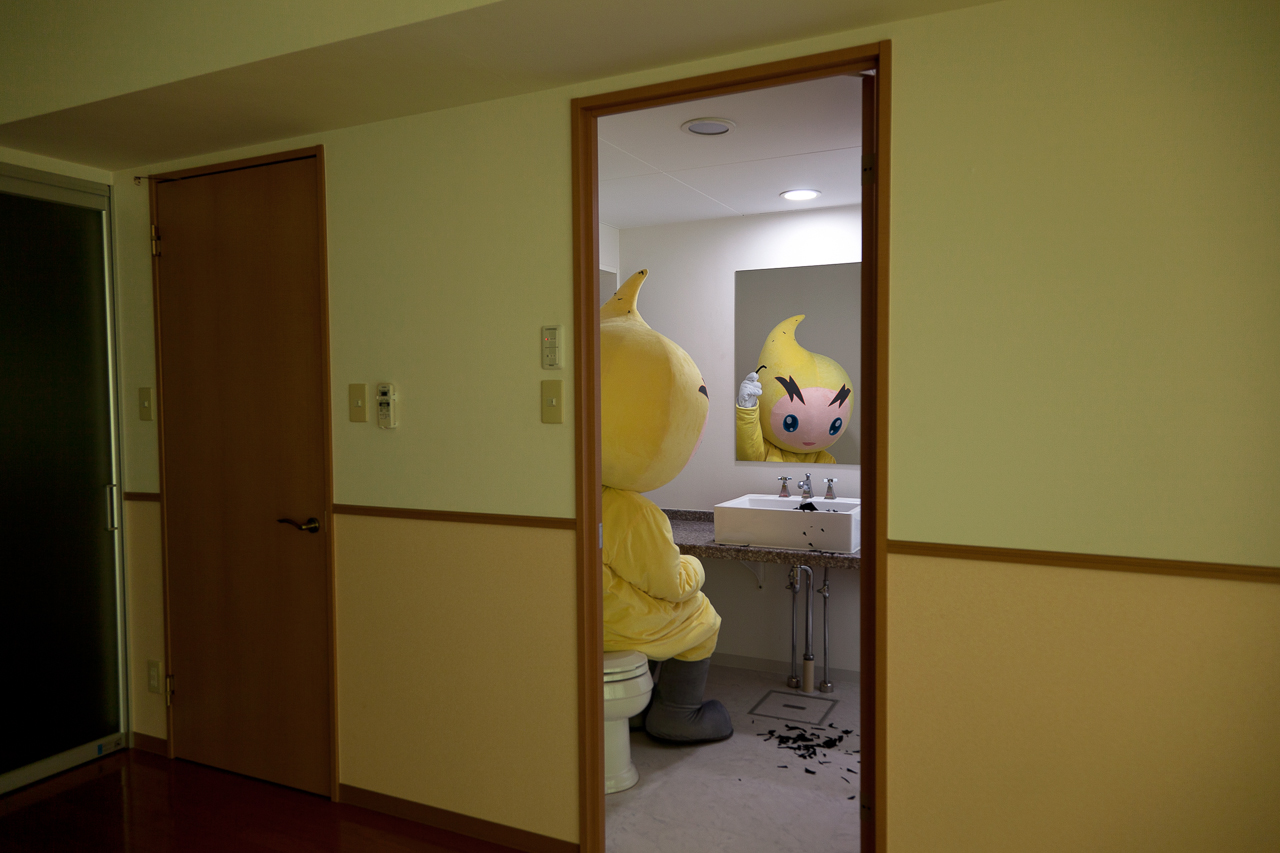
Shaving Away Astro Boy

Northern Japan
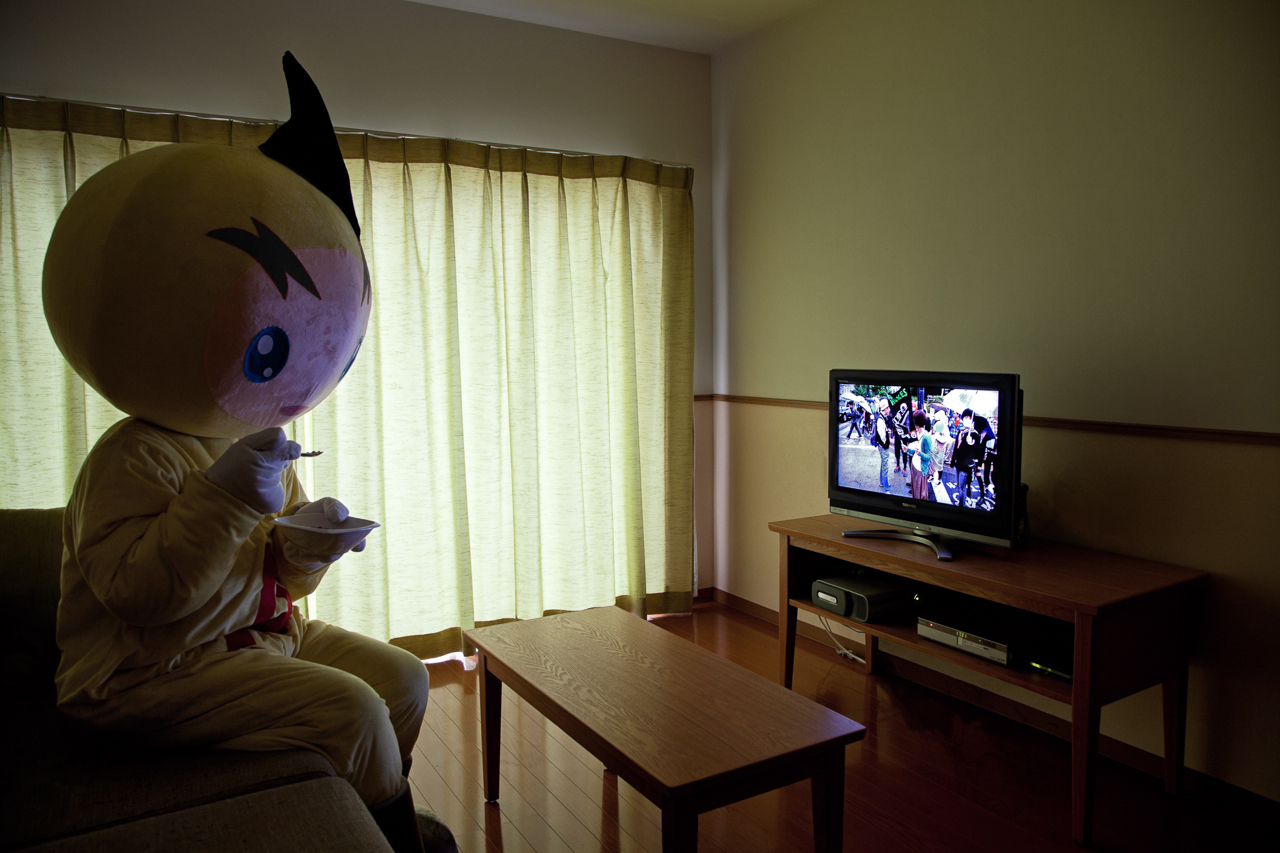
170,000 Nuclear Protestors In Tokyo
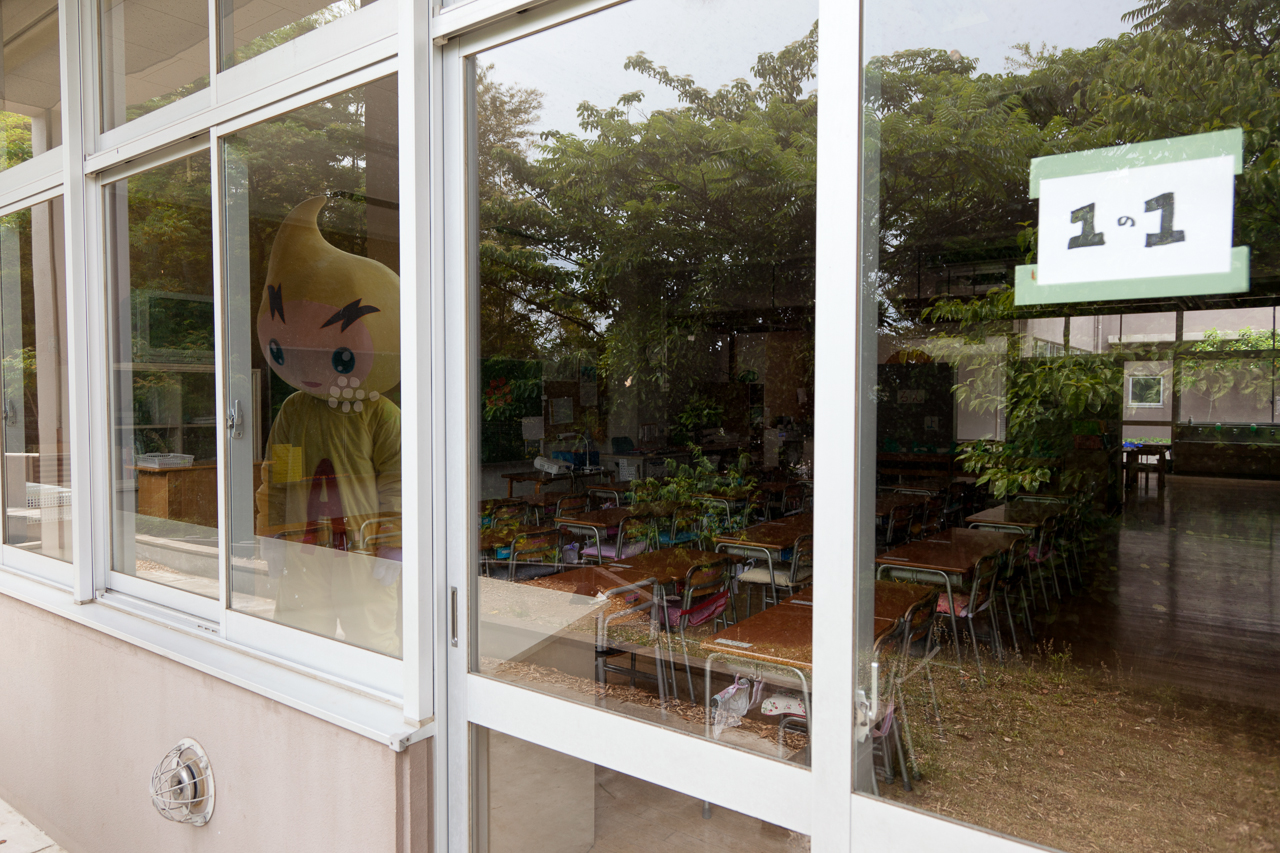
Abandoned Elementary School
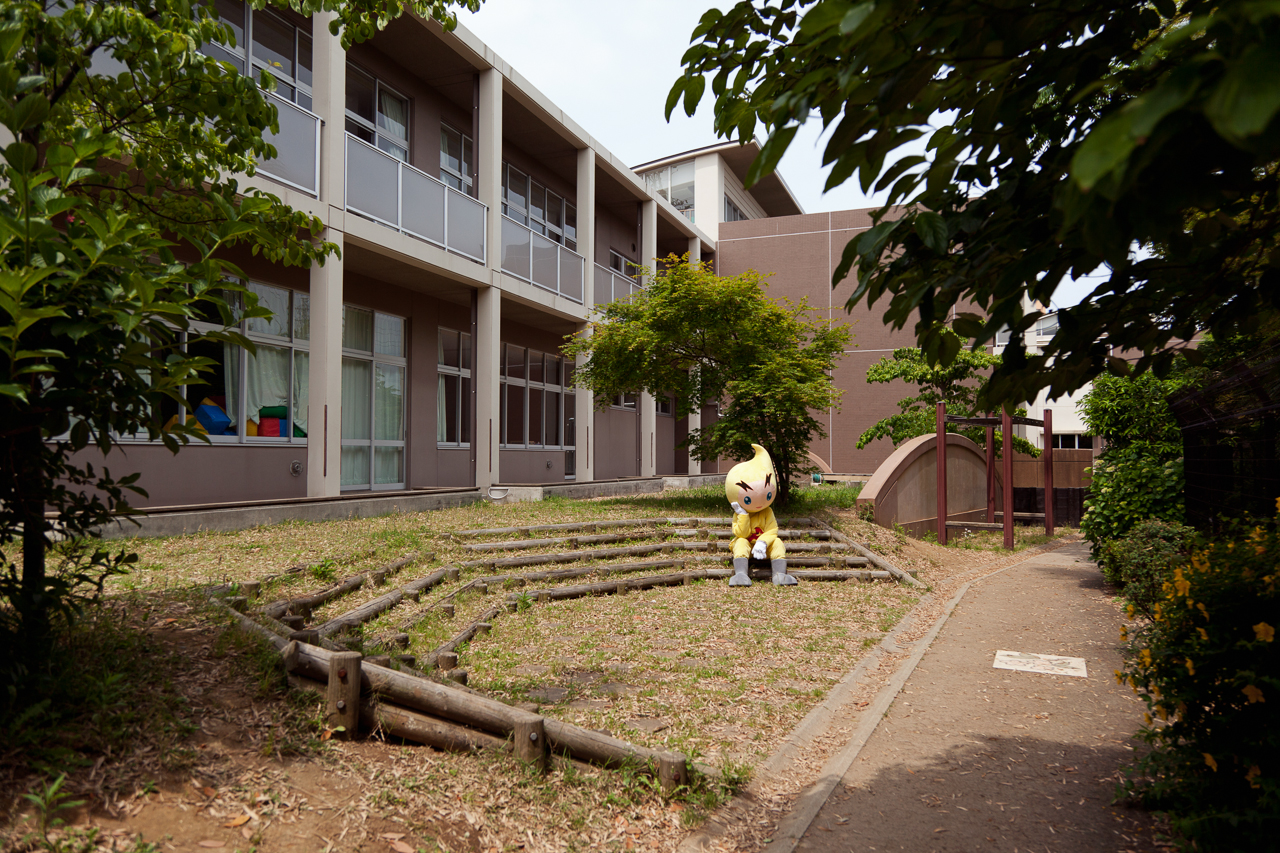
Northern Japan Elementary School
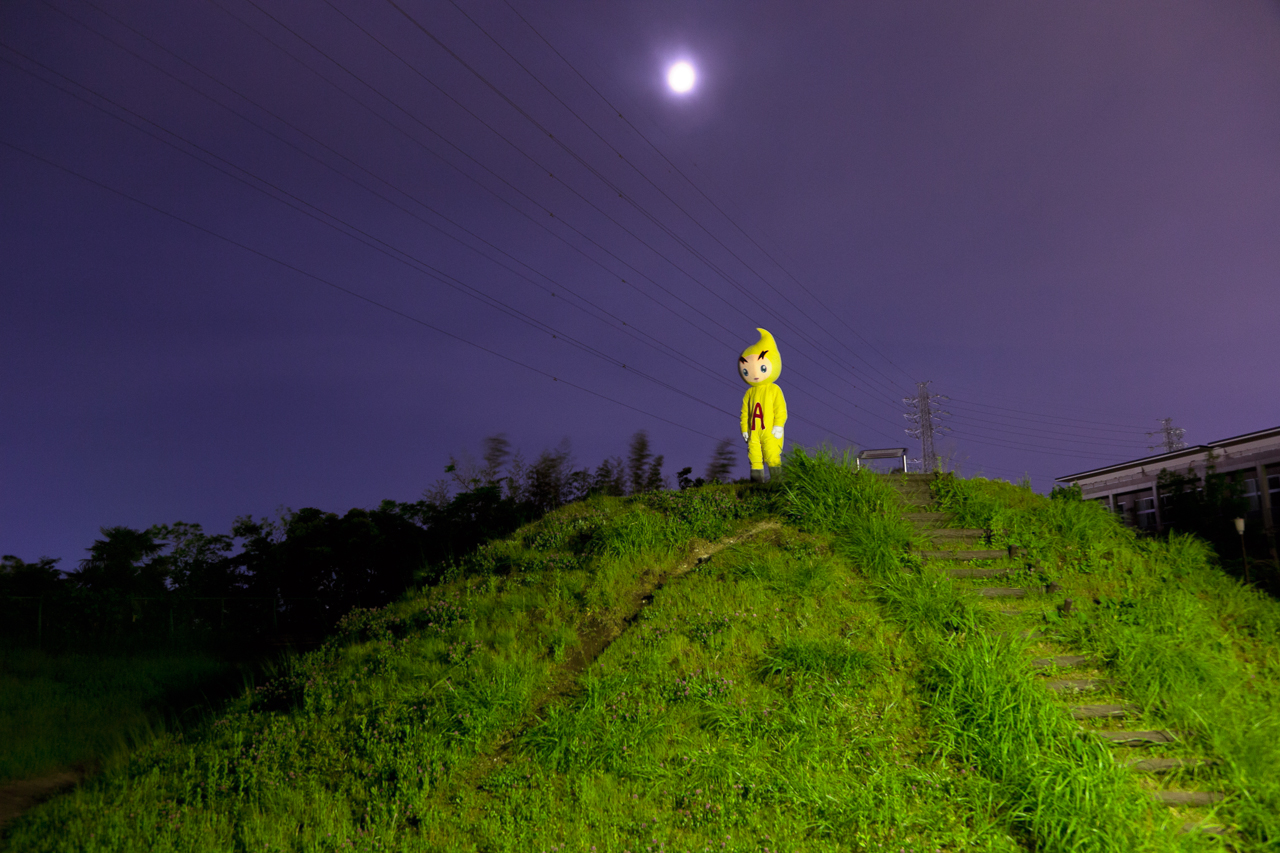
Moonlit
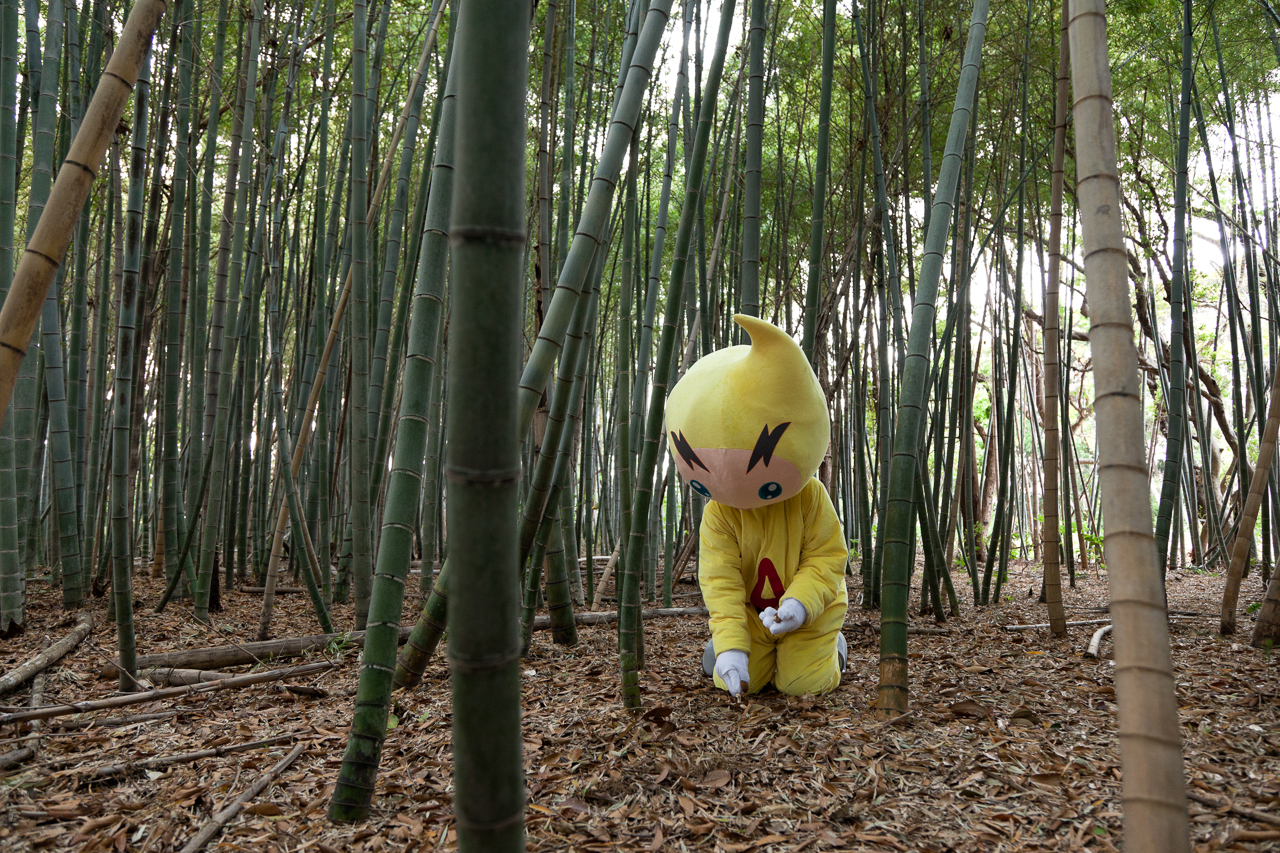
Mushroom Collector
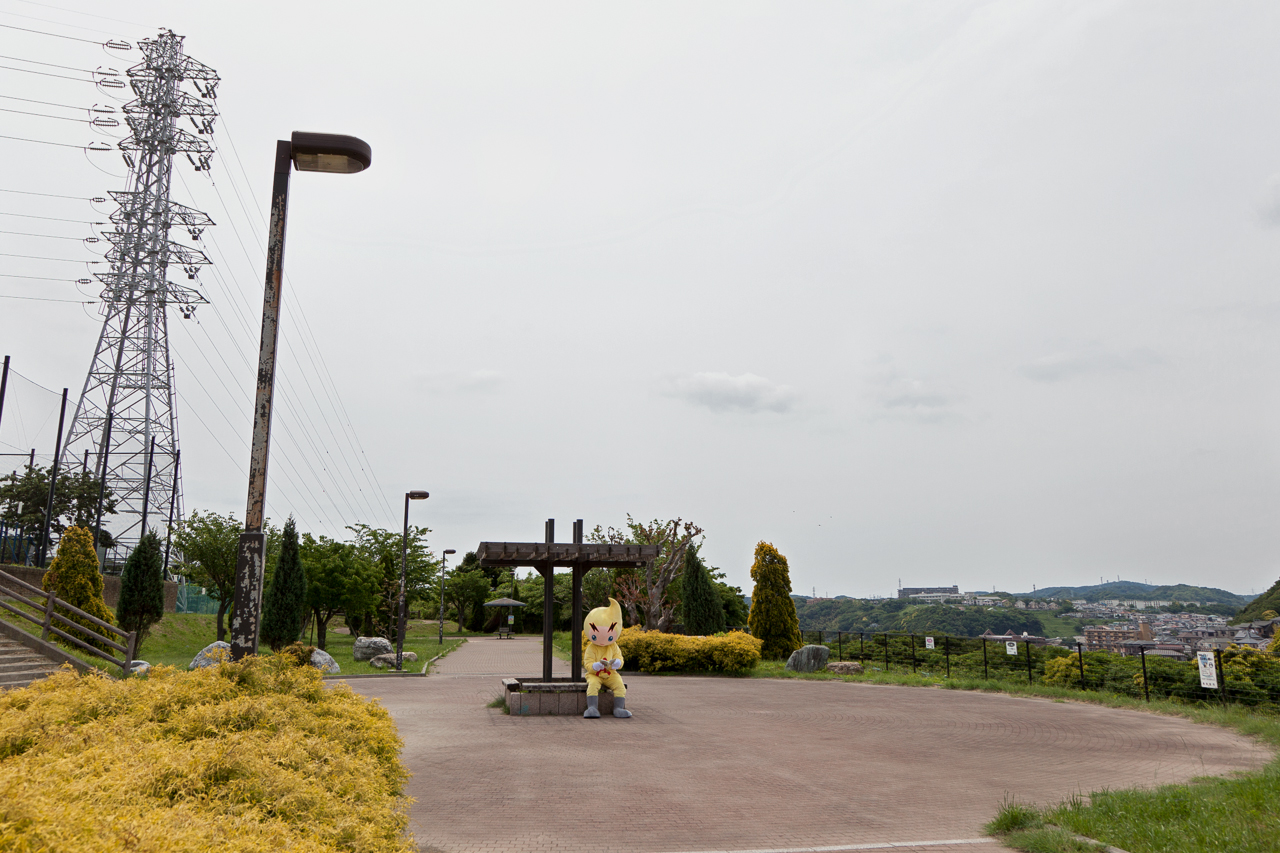
Propoganda
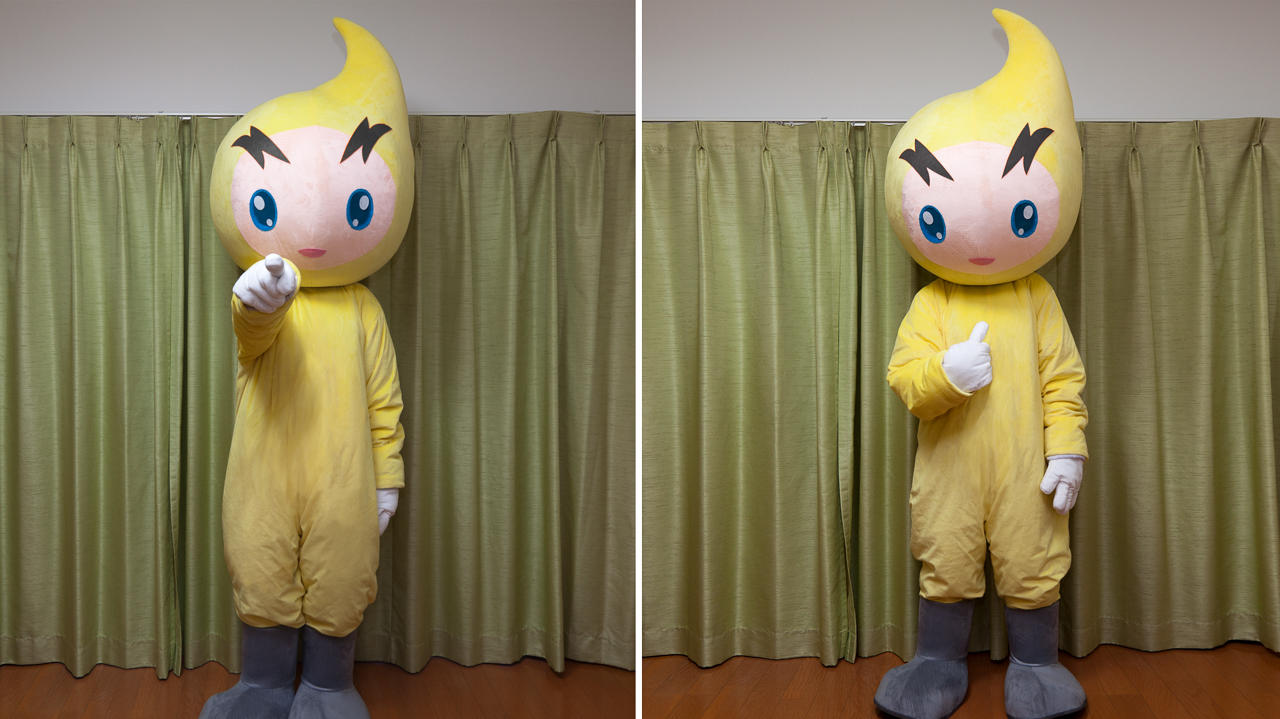
Shibuya Crossing Bilboard Image
Caption below this image read, "Dear Manmade, From All Of Us."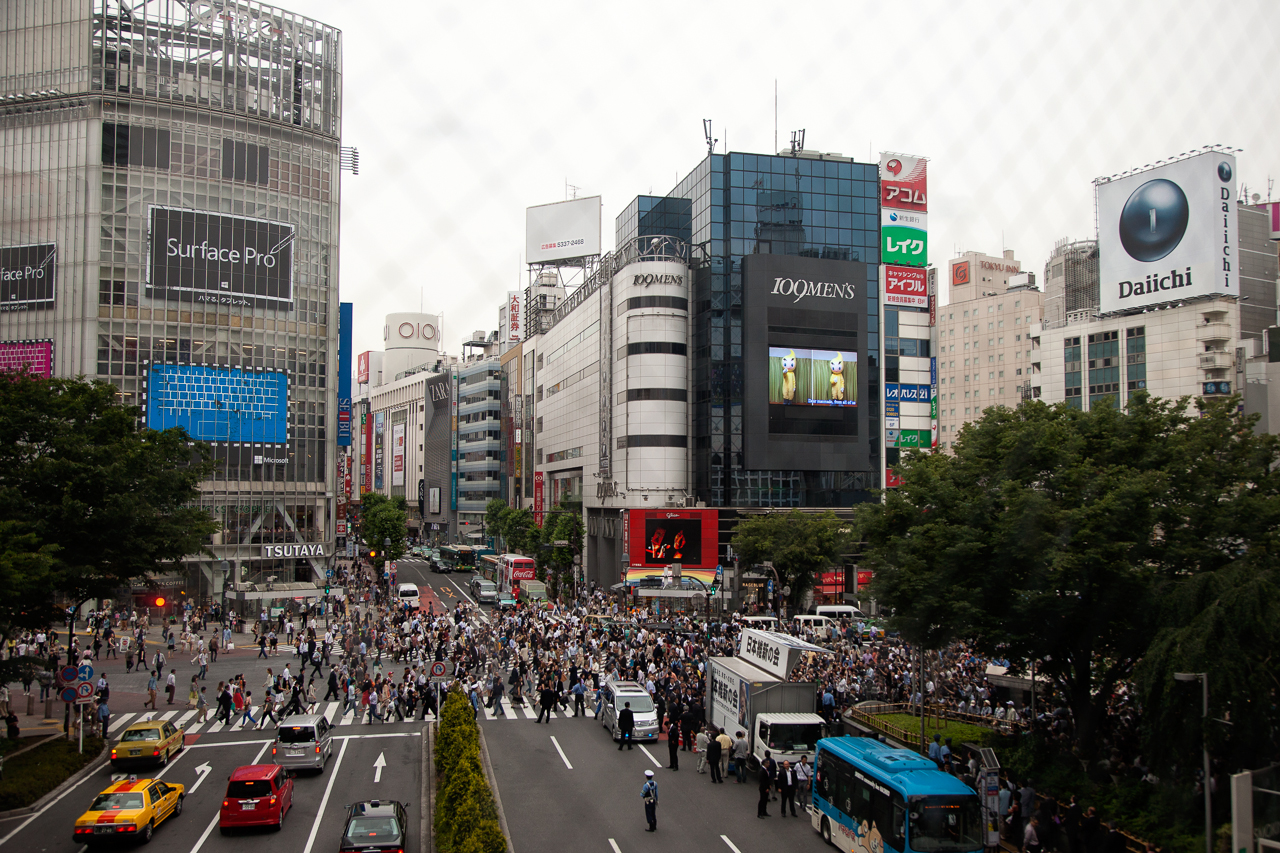
Shibuya Crossing, Image Screened In Front Of Political Rally
Japan Resoration Project was elected for their anti-nuclear position. After being elected, they changed their platform, disappointing more than 80% of Japanese who wanted nuclear power eliminated.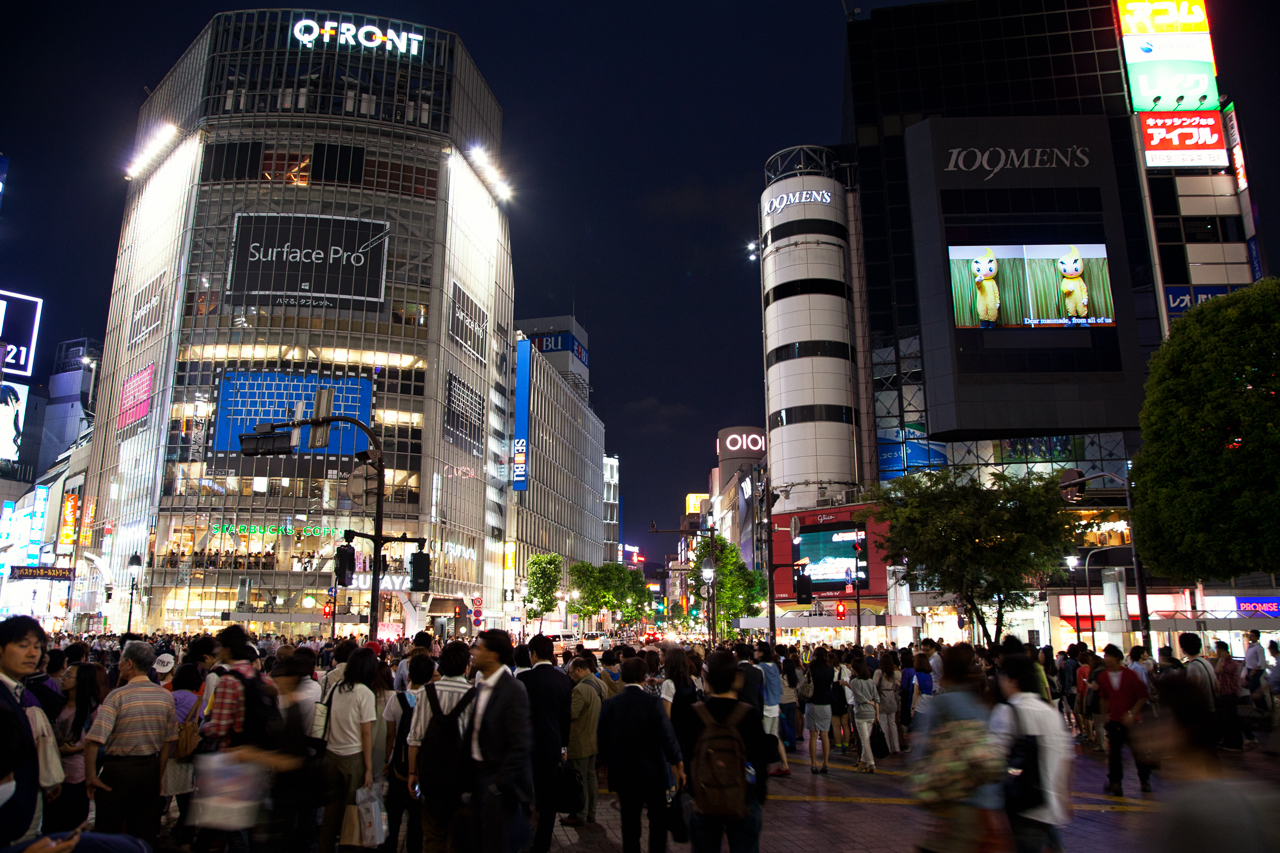
Shibuya Crossing Public Art Intervention
Screened at Shibuya Crossing, the busiest pedestrian crossing in the world. This intervention replaced commercial advertising time and raised a question about the role of media and propaganda in man-made disasters.Each of Japan’s nuclear plants have their own mascot characters. Up until the 2011 Fukushima nuclear disaster, Japan even had an amusement park called Atom World with mascots like Plutonium Kun and Denko Chan, with the goal of explaining why nuclear power is good for us. The use of nuclear energy propaganda began in the U.S. as part of Eisenhower’s 1953 Atoms For Peace program. In order to shift negative attitudes away from the dropping of the atomic bomb, this program helped Japan develop a nuclear power industry, thereby promoting the peaceful use of nuclear technology.
While living in Japan and volunteering in the disaster zone left by the 2011 tsunami, I created a fictional nuclear mascot and photographed the character with references to nuclear history and current concerns in Japan. In the final image, I purchased a digital billboard ad and screened an image for 15 seconds every hour on June 7th, 2013. This image was shown in Shibuya Crossing, the busiest pedestrian crossing in the world with over one-million people crossing a day. This public art intervention took 6 minutes of commercial advertising and replaced it with an image of the character, raising a question about the role of media and propaganda in man-made disasters.